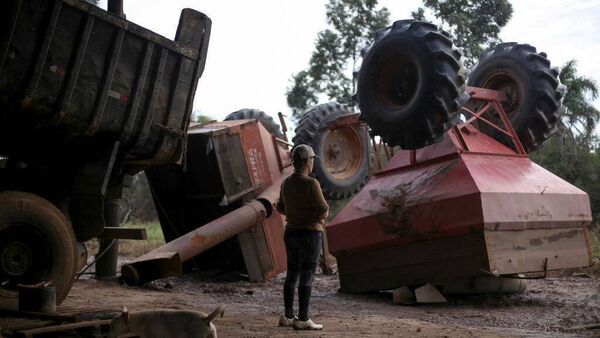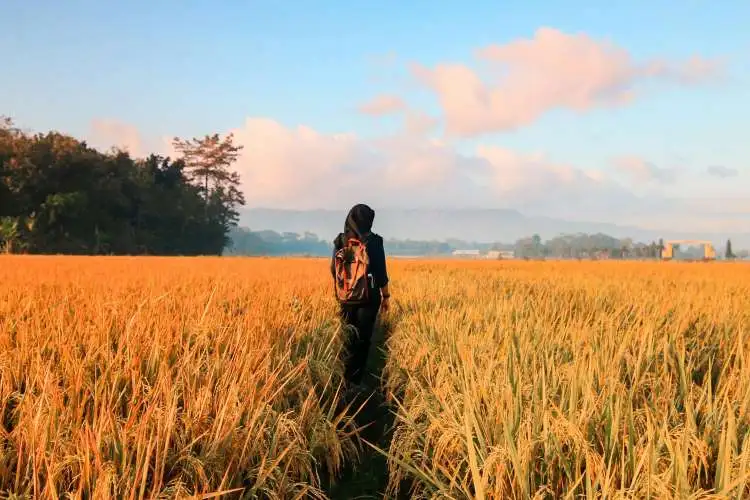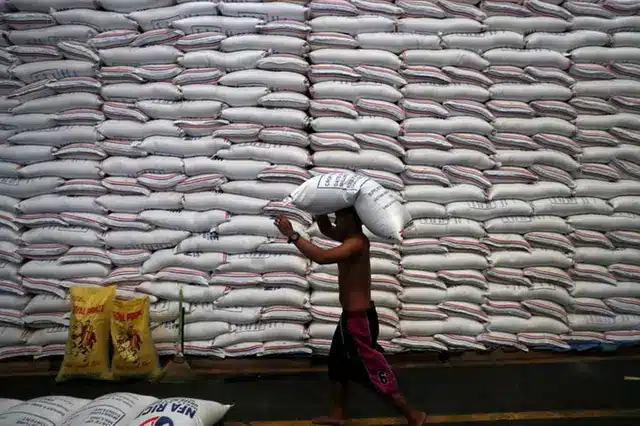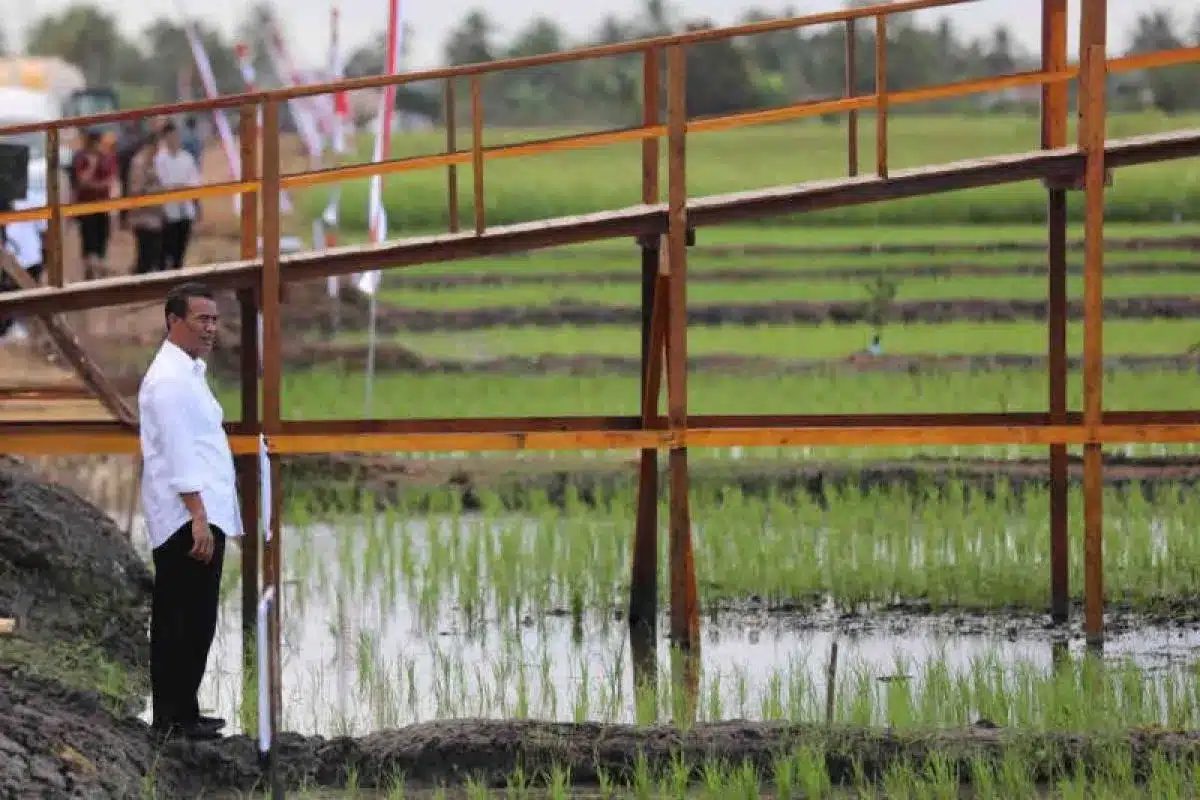Tags
Brazil floods hit rice and soy crops
The region is responsible for over 70% of Brazil’s rice production, with rice losses expected to reach up to 14% of Brazil’s total production.

A man looks at damaged machinery on a farm in Eldorado do Sul, Rio Grande do Sul State, Brazil, on May 22, 2024. More than 600,000 people have been displaced by the heavy rain, flooding and mudslides that have ravaged the south of the state of Rio Grande do Sul for around two weeks. (Photo by Anselmo Cunha / AFP) (Photo by ANSELMO CUNHA/AFP via Getty Images)
The vulnerability of major food producing regions has been laid bare by the record high rainfall of up to 30 inches in Rio Grande do Sul, one of the main agricultural producing states in Brazil.
Last week, the death toll reached 157, with 88 people still missing, thousands injured or sickened, and some 650,000 displaced.
Excessive rainfall from April 29 to mid-May, affected 2,336,136 people.
Climate specialists said the El Niño weather pattern, high humidity from the Amazon rainforest, and a heatwave brought the rain. It’s the state’s worst-ever climate catastrophe, and its agriculture and livestock sectors have been severely impacted. Agriculture and livestock account for nearly 17% of the state’s economy. It produces significant shares of Brazil’s soybean, rice, wheat, corn, dairy, animal protein and animal feed, fruits, and vegetables.
Fortunately, the harvesting of Rio Grande do Sul’s estimated 6.7 million hectares of soybeans was three-quarters completed. But that leaves up to 4% of Brazil’s forecasted national production devastated by floods. As for all crops, an accurate estimate of losses is not yet possible, but the rain came on top of other problems, which may leave Brazil’s national soybean production 10% below initial forecasts.
The Brazilian weather setback was one of the factors behind rising international grain and oilseed prices last week.
As well as crop losses, landslides, blockages and damage on roads and bridges are among the infrastructure bottlenecks hitting Brazil’s soybean supply at home and abroad for biofuels, human consumption, and animal feed.
With over 70% of Brazil’s rice production, Rio Grande do Sul rice growers had completed an estimated 84% of their harvest. But rice losses could reach up to 14% of Brazil’s production.
Rio Grande do Sul is also Brazil’s largest first-season maize producer (the first of Brazil’s annual three crops). Nearly 86% had been harvested, but 14% of the first-season maize could be lost.
The state has more than 40% of Brazil’s wheat and nearly 45% of national production, but the harvest was fortunately completed. However, several mills were flooded.
With 12 million cattle, 573,000 pigs, and 22 million chickens, Rio Grande do Sul produces 11% of Brazil’s pork and 20% of its poultry. It is Brazil’s third-largest milk producer.
Livestock losses were estimated at nearly half a million dollars (€460m), with poultry farms worst affected.
Pig farmers may have lost 12,600 head after floods submerged entire areas. It was estimated that 279,000 poultry died, as well as 150,000 laying hens.
Floods prevented the transport of animal feed and other inputs, and meat processing was similarly restricted. Power cuts also hit the industry, particularly on poultry farms.
The state’s Association of Dairy Industries said 4.4 million litres per day of milk was at risk of not reaching dairy factories. Without electricity for several days, many farmers couldn’t milk cows or refrigerate milk. Market analysts said there was already a crisis in the state’s dairy sector, and many producers who have lost their houses, animals, and other assets might no longer be viable.
The rain is only the latest climate setback for Brazil’s agriculture. A global leader in orange juice exports, it is expected to see its weakest orange harvest in 36 years, with production down 24% after extreme heat stressed orange trees between September and November. This will have a significant effect on the global supply, 70% of which comes from Brazil.
Rio Grande do Sul is Brazil’s southernmost state, and agriculture across the border in Argentina was also affected by rains. Argentina is one of the biggest exporters of oil and meal processed from soybeans, but harvesting and marketing of the crop was very slow until early May.
https://www.irishexaminer.com/farming/arid-41405204.htmlPublished Date: May 29, 2024







